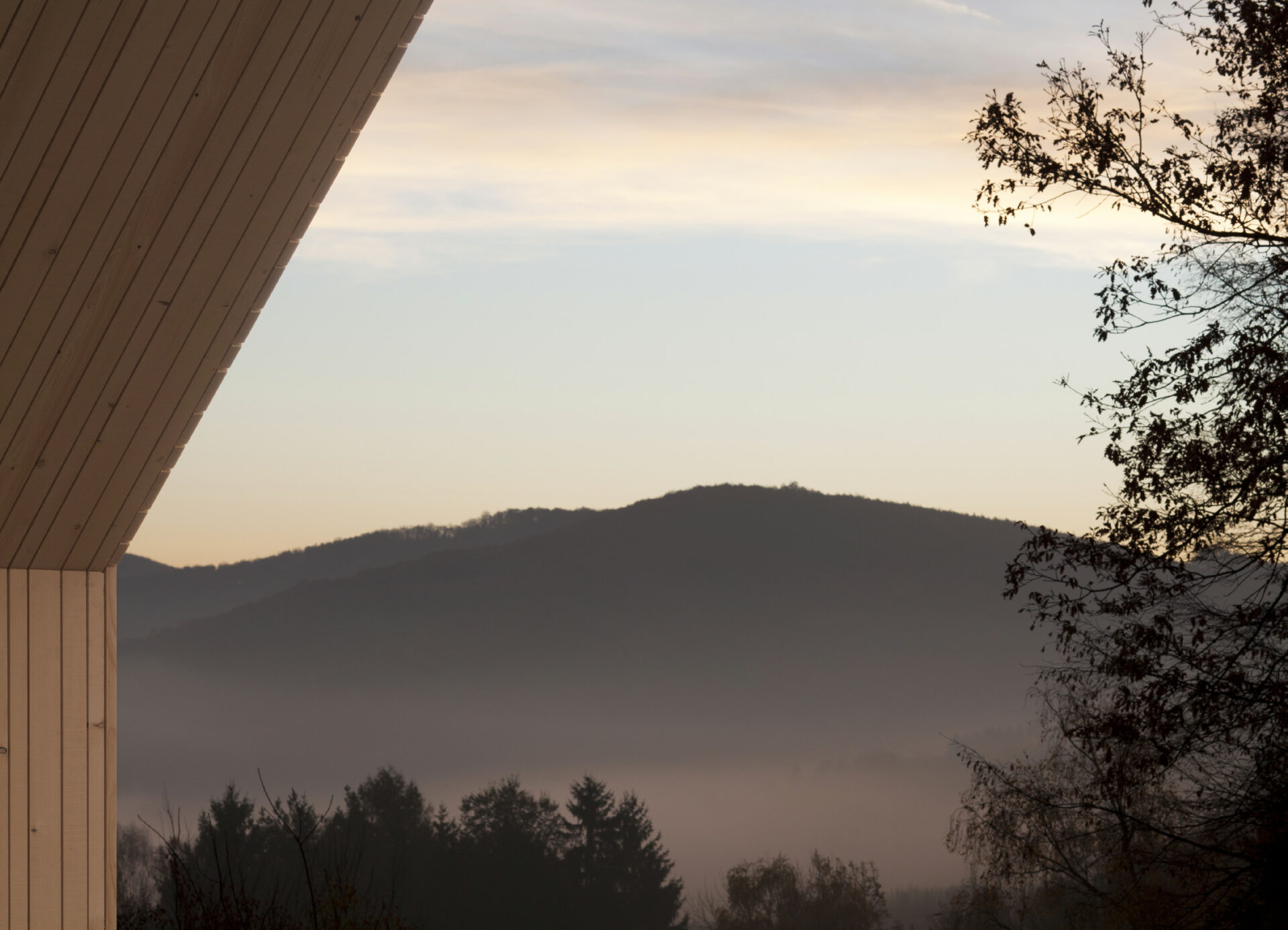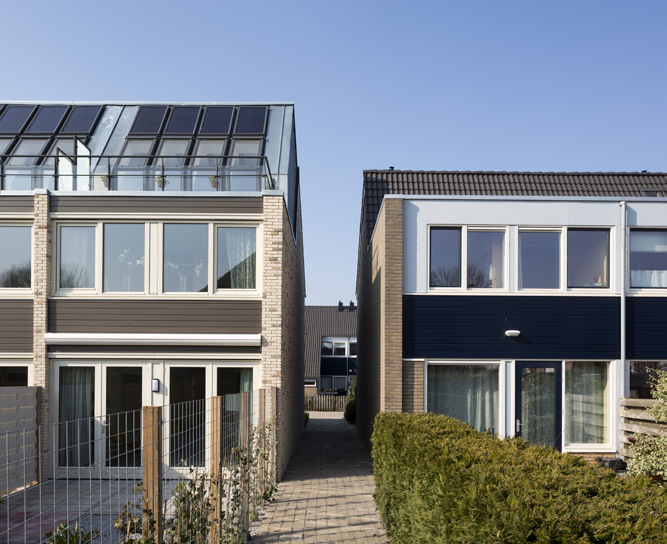Enviroment
ACTIVE HOUSES AIM TO HAVE A POSITIVE IMPACT ON THE ENVIRONMENT
An Active House will have an impact on the environment – it should be as minimal as possible. This means that any harm to environment, soil, air and water should be minimised.
The challenges we face regarding the environment are a reality on a local, regional and global level. Global environmental resources are under pressure from over-consumption and pollution. The pressure is felt at a regional and a local level too.
When developing an Active House, it is important to ensure that such challenges are considered at both global, regional and local levels. This is important in order to ensure a new generation of buildings and products that aim to have a positive impact on the environment.
Consideration should be given in the design phase for how Active Houses use building materials and resources. It is also possible to consider the local building culture and behaviour in and around the local buildings as well as traditions, climate and ecology. This is relevant when working on improving the building’s exterior and interior relations to the cultural and ecological site-specific context.
The key criteria to consider within resource and emissions are:
- Sustainable construction, containing recycled content and environmental loads from materials
- Freshwater consumption
Photo: Adam Mørk.


Photo: Torben Eskerod.
The building’s life cycle is considered at the following stages:
- Production of building materials
- Use of materials in the operation of the building
- End of life of building materials
- Transport and site processes may be omitted
At least, all major building components should be considered, that is:
- Outside walls, roofs, slabs, foundations, windows and doors
- Inner walls, floors and ceilings
- Major technical components (heat generators , ventilation, storage, solar thermal collectors and PV-systems etc.)
The estimated service life of the building should be in accordance with local standards. Active House suggests 50 years as benchmark. The estimated service life of all building components should be in accordance with local standards and experiences. Active House LCA-tool (from www.activehouseusa.org) should be used for the development of the life cycle assessment.
Environmental Product Declaration (EPD) and average data from public sources or software tools can be used as long as they are applicable to the country or region. EPDs must be developed according to EN15804 or ISO 21930:2017
The following impact categories are to be evaluated:
Impact categories (emissions):- Global warming potential (GWP)
- Ozone depletion potential (ODP)
- Photochemical ozone creation potential (POCP)
- Acidification potential (AP)
- Eutrophication potential (EP)
